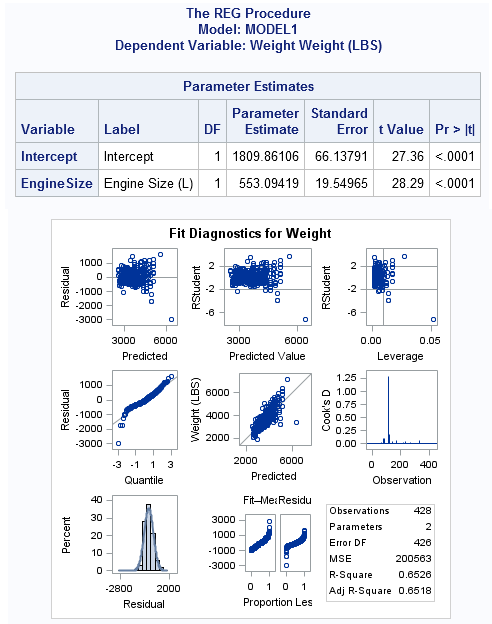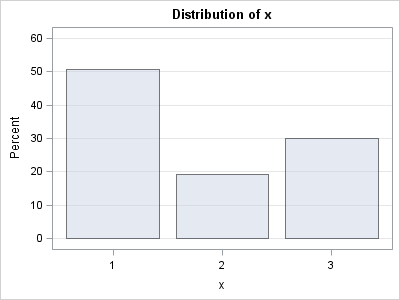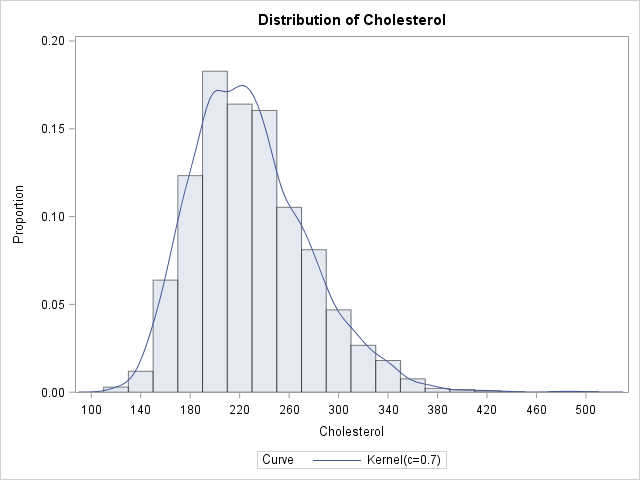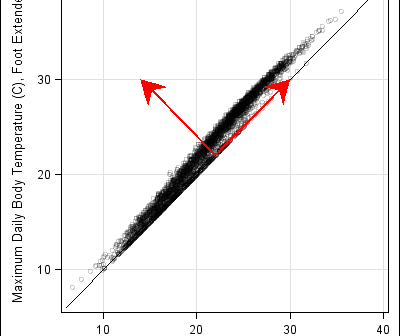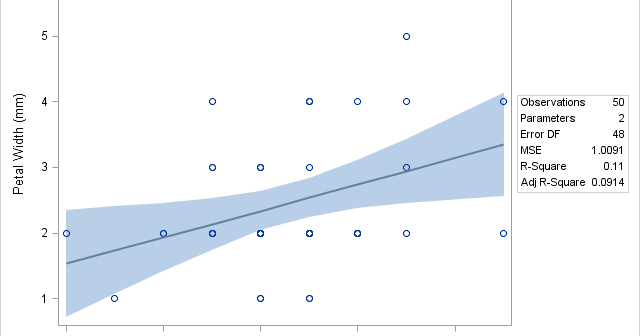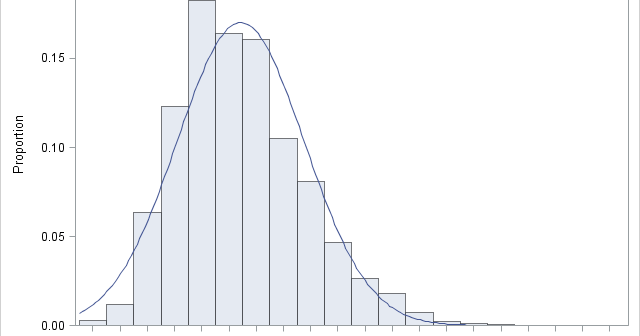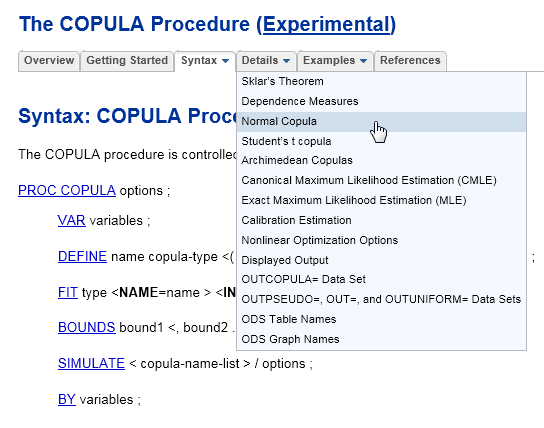
Welcome, SAS 9.3! I've already blogged about some interface and graphical changes that everyone should know about. Now I'll put on my statistical hat and mention a few 9.3 features that excite me, personally, as a data analyst and a statistical programmer: As a statistician, I am keen to try


